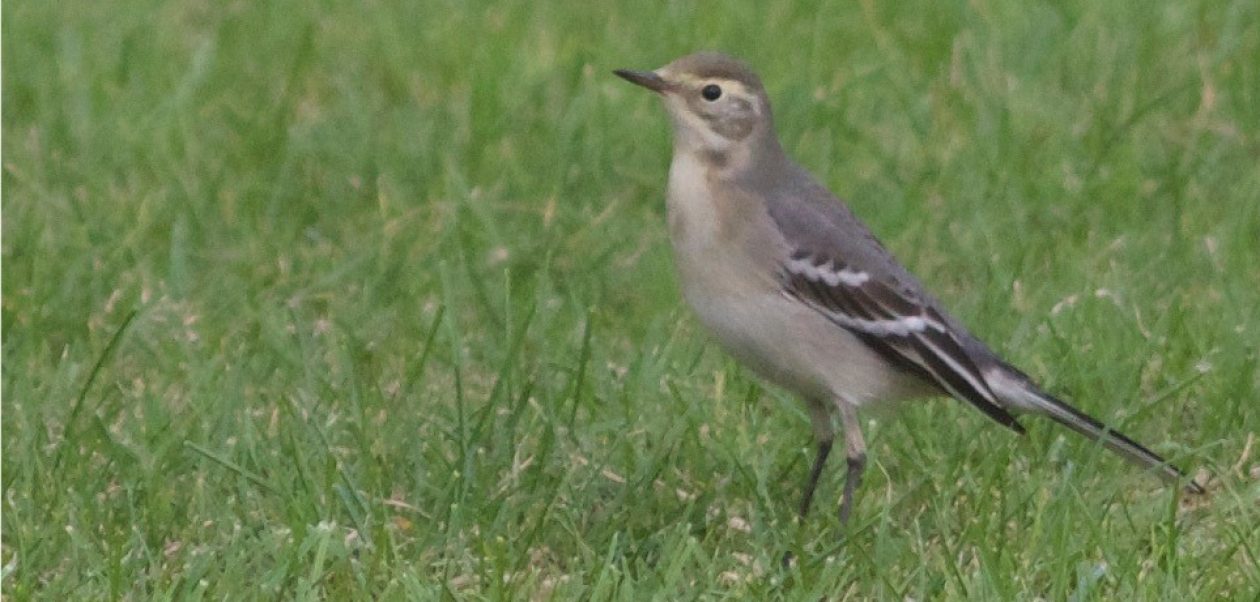A total of 105 species so far this year
100 species by the same time last year
31st
A drake Eider was feeding offshore and a Sandwich Tern was on the red cheesy buoy. An influx of Blackcaps with a total of five (all males), a Redwing in the scrub and a Redpoll flew west. Six Swallows were seen in the afternoon.
30th
An unseasonally warm and calm day after a touch of frost. Too good, apparently, for any vis mig! There were about 20 Red-throated Divers and seven Great Crested Grebes offshore, and a pair of Pintail were resting on the beach and, at low tide, managed to stay there undisturbed for several hours. A Canada Goose flew east along the beach, eight Shelduck flew west, a drake Eider flew west (new for the year here but probably the bird that has wintered in the Swale) and a drake Red-breasted Merganser was on the sea. Waders included 11 Sanderlings on the beach and nine Snipe on the Marsh Pool. A Great Spotted Woodpecker called briefly from the sewage works, and there were brief appearances from single Swallow and Willow Warbler. A male Stonechat was presumably a migrant rather than one of our wintering birds.
The warmth brought out our first butterflies of the year with two sightings of Brimstone and Small White, and Red Admiral and Peacock.
29th
A hint of Spring with our first hirundines, 18 Sand Martins and four Swallows west, a singing Willow Warbler along the brook and at the Obs (our earliest for many years) and three Redpolls heading west. Also, a female Marsh Harrier flew west.
27th
A pair of Ringed Plovers displaying was quintessentially a triumph of hope over experience. A Greenfinch was singing but so far this species has been slow to settle down here this year.
26th
Two Stock Doves and a Skylark were noted whilst Greg Herne’s Wheatear down amongst the pigloos was our 100th species for the year.
25th
A Blackcap and four Chiffchaffs were present and there was a trickle of Meadow Pipits and Goldfinches heading west.
24th
Two Ravens circled over the area at 8 am before heading west; although there have only been a handful of record, all but one in recent years, it is likely that this species will become more regular. A Blackcap singing along the brook was also our first of the year. A few Chiffchaffs were also present.
23rd
Sunny with a light SW wind. A Sandwich Tern, our first of the year, fishing close inshore was a hint of Spring. Other additions to the year list were a vocal Avocet heading west and a Velvet Scoter heading east. There were 40 Red-throated Divers, many in summer plumage, scattered across the calm sea but only two Great Crested Grebes although they were resplendent in breeding plumage. Three Grey Herons flew north out to sea, our first this month, and another flew west inland. Four Greylag Geese and two Shelducks flew west and a duck Red-breasted Merganser was on the sea. Waders on the beach included 29 Sanderlings, eight Dunlin and seven Ringed Plovers. There were 11 Snipe and 18 Redshanks on the Marsh Pool. There was an influx of Chiffchaffs with at least six scattered around.
22nd
A flock of about 60 White-fronted Geese flew east presumably on their wat back to Russian breeding grounds. In contrast, a Green Woodpecker in the sewage works, new for the year, has probably not strayed far from its natal home.
8th-21st
A very quiet period whilst we wait for the weather to become more Spring-like. There were two additions to the year list on 8th with a female Merlin which flew west (a male was also seen on 12th) and a female Great Spotted Woodpecker in the sewage works trees. Two Canada Geese which circled over the marsh on 20th was also an addition to the year list. A Chiffchaff singing at the Obs on 16th was the first since one between 22nd and 27th February.
1st-7th
A quiet start to the month continued the theme of the second half of February. There were no additions to the year list. The rarer divers continue to appear occasionally with Black-throated Diver on 1st and Great Northern Diver on 6th. There were good counts of Red-breasted Mergansers, with 16 0n 5th, and Redshanks with 34 on the Marsh Pool on 2nd. A littoralis Rock Pipit was seen on 4th and a Purple Sandpiper was extra-territorial on 6th.
